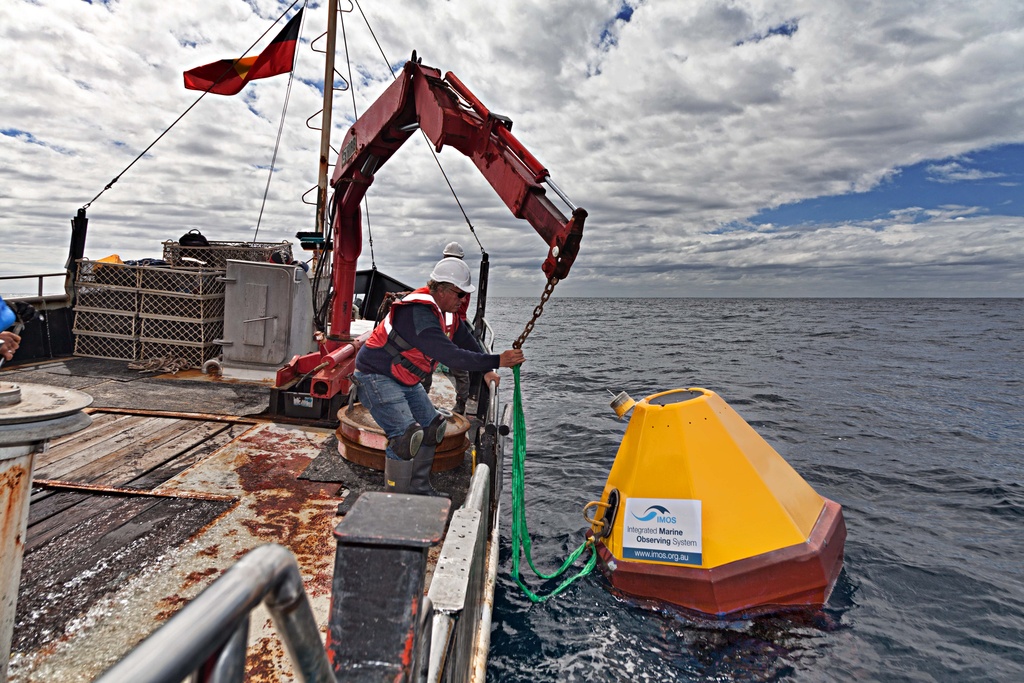The 2021 Global Carbon Budget was launched on 4 November at COP26. Australia, through the IMOS Ships of Opportunity Biogeochemical Sensors and Acidification Moorings sub-Facilities and working in partnership with the Australian Antarctic Division and the Marine National Facility of CSIRO, is a major contributor to determining the ocean’s role in the budget.
One third of the data used to constrain the Southern Ocean (and Southern Hemisphere) CO2 uptake has been provided to the Surface Ocean Carbon Atlas (SOCAT) through IMOS, making Australia the largest data provider for these regions over the last decade.
The Southern Ocean is particularly important, accounting for about 40% of the total ocean uptake, making it one of the largest natural sink regions on earth. It is also one of the least sampled ocean regions, and where future uptake will be considered particularly sensitive to climate change.
The CO2 emissions since 1850 from fossil fuels and land-use have totalled 660 ± 65 GtC (billion tonnes carbon – GtC), and over the same period 170 ± 35 GtC have accumulated in the ocean, which is driving ocean acidification.
The latest budget indicates global CO2 emissions for 2021 are expected to reach 10.7 GtC, close to the pre-COVID level. The total ocean sink was 2.8 GtC for 2011-20 (26% of total emissions) and is expected to be 2.9 GtC for 2021. Model-data discrepancies in the uptake result in an uncertainty for the whole ocean of about ± 0.4 GtC (see Figure), but differences are greatest in the Southern Ocean.
Sparse data coverage, particularly in the Southern Hemisphere, remains a limitation on further reduction of the uncertainty and in determining the drivers of interannual variability in the ocean uptake.
